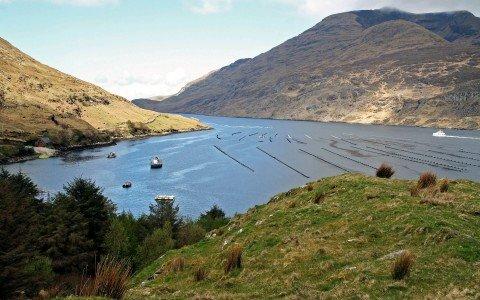An image of dolphins swimming majestically as they chase salmon through the current may not join Guinness and clovers as the first thoughts that spring to mind when you hear “Ireland.” But set foot on the Emerald Isle’s western coast at the right time of year and you might just spot our finned friends as you bear witness to the majesty of Killary Harbour.
Killary Harbour: A Natural Border
Ringed by mountains and often spotted with dolphins following the salmon migrations, in spring and early summer Killary Harbour (An Caoláire Rua) teems with both salmon and mussels, as two well-known rivers flow in from the north and east.
Located in the heart of Connemara, Killary Harbour forms a natural border between counties Galway and Mayo, and provides Ireland with one of its three fjords.
The 16-kilometre fjord formed about 20,000 years ago when a massive natural fault line that reaches all the way from Scotland caused the westward movement of mile-deep ice.
The path along the southern shore of the fjord is an old famine relief road, built by cutting a terrace into the ground and laying stone. During the 1850s, tens of thousands of starving farmers worked on the road to earn a penny a day, overseen by Colonel Thomson, a veteran in the Peninsular War.

